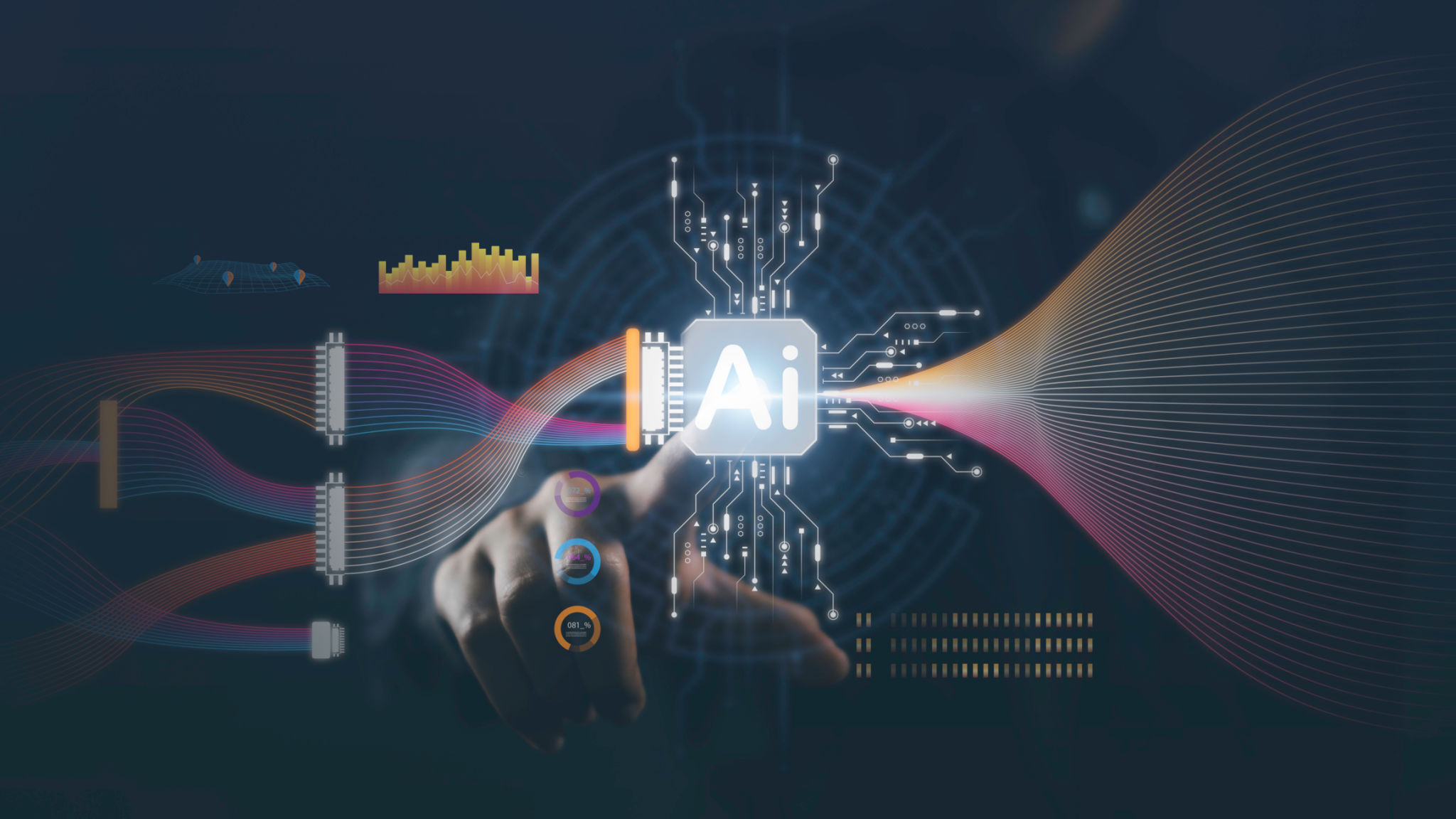OpenAI Model Customization Guide: Best Practices and Common Pitfalls
Introduction to OpenAI Model Customization
As businesses increasingly adopt AI technologies, the need for model customization becomes paramount. OpenAI offers powerful models that can be tailored to specific needs, allowing for enhanced performance and relevance in various applications. However, customizing these models requires a strategic approach to avoid common pitfalls and ensure optimal results.

Understanding the Basics
Before diving into customization, it's essential to understand the fundamentals of OpenAI's models. These models are built on extensive datasets and designed to perform a wide range of tasks. Customizing them involves adjusting parameters and training processes to better align with specific business needs.
The first step is identifying the exact requirements of your project. Clearly define what you aim to achieve with the model customization, such as improving accuracy, increasing efficiency, or adding new functionalities. This clarity will guide the entire customization process.
Choosing the Right Model
Not all AI models are created equal, and selecting the right one is crucial. OpenAI offers various models, each with unique strengths. Evaluate these models based on your project's needs and their ability to handle the specific tasks at hand. Consider factors like model size, training data complexity, and computational resources required.

Best Practices for Model Customization
Once you've selected the appropriate model, it's time to implement best practices to ensure a successful customization. One key practice is thorough data preprocessing. Clean and well-structured data can significantly enhance the model's performance. Ensure that your dataset is relevant, diverse, and free from biases.
Another important practice is iterative testing and validation. Regularly test the model throughout the customization process to identify any issues promptly. This allows for timely adjustments and ensures that the final product meets your expectations.
Leveraging Feedback Loops
Incorporate feedback loops into the model training process. By continuously collecting and analyzing user feedback, you can make informed adjustments to improve model accuracy and user satisfaction. This iterative approach helps in fine-tuning the model to better suit real-world applications.

Common Pitfalls to Avoid
Despite best efforts, some common pitfalls can hinder successful model customization. One such pitfall is overfitting, where a model performs well on training data but poorly on unseen data. To avoid this, ensure that your dataset is sufficiently large and diverse, and consider using techniques like cross-validation.
Another pitfall is ignoring ethical considerations. AI models can inadvertently learn biases present in training data, leading to unfair or harmful outcomes. Implementing fairness checks and maintaining transparency in model operations can mitigate these risks.
Ensuring Scalability
Finally, consider scalability during customization. As your business grows, your AI requirements may also expand. Design models that can be easily scaled up or adapted to new tasks without requiring complete redevelopment. This forward-thinking approach saves time and resources in the long run.
Conclusion
Customizing OpenAI models offers significant benefits, but it requires careful planning and execution. By understanding the basics, following best practices, and avoiding common pitfalls, businesses can effectively tailor AI models to meet their unique needs. Embrace the power of AI model customization to drive innovation and achieve superior results in your field.